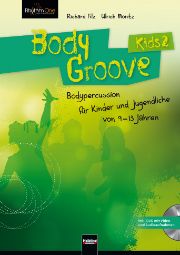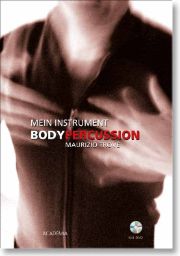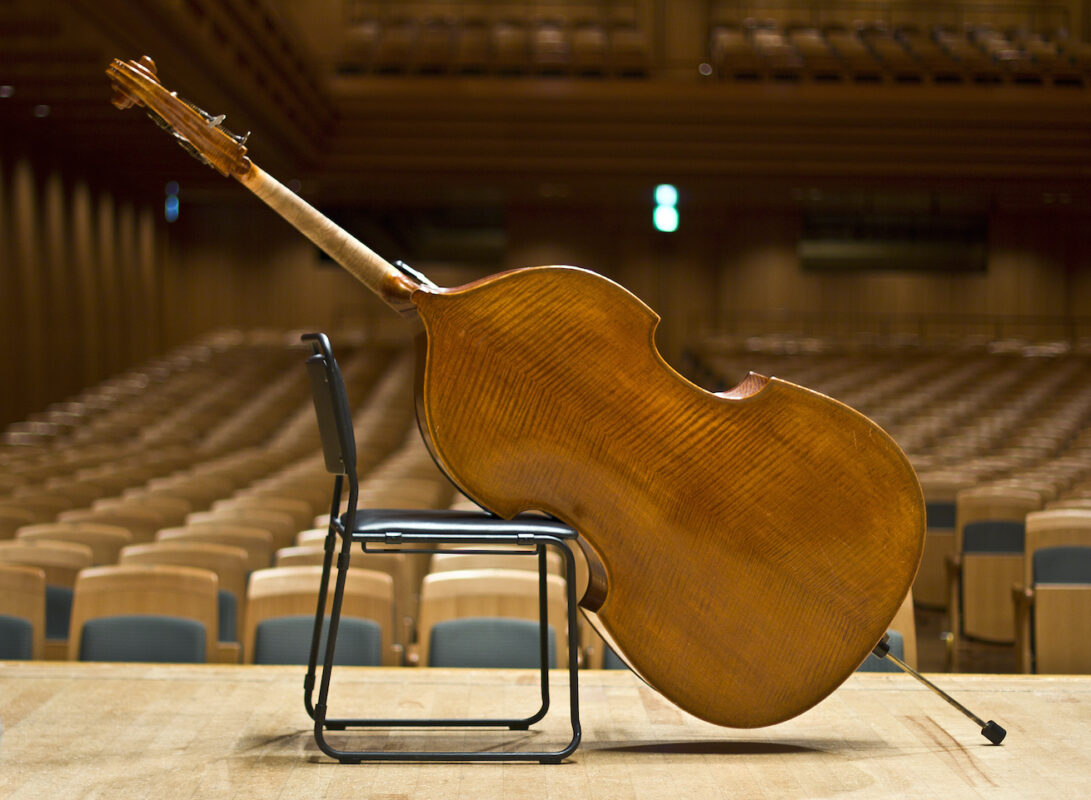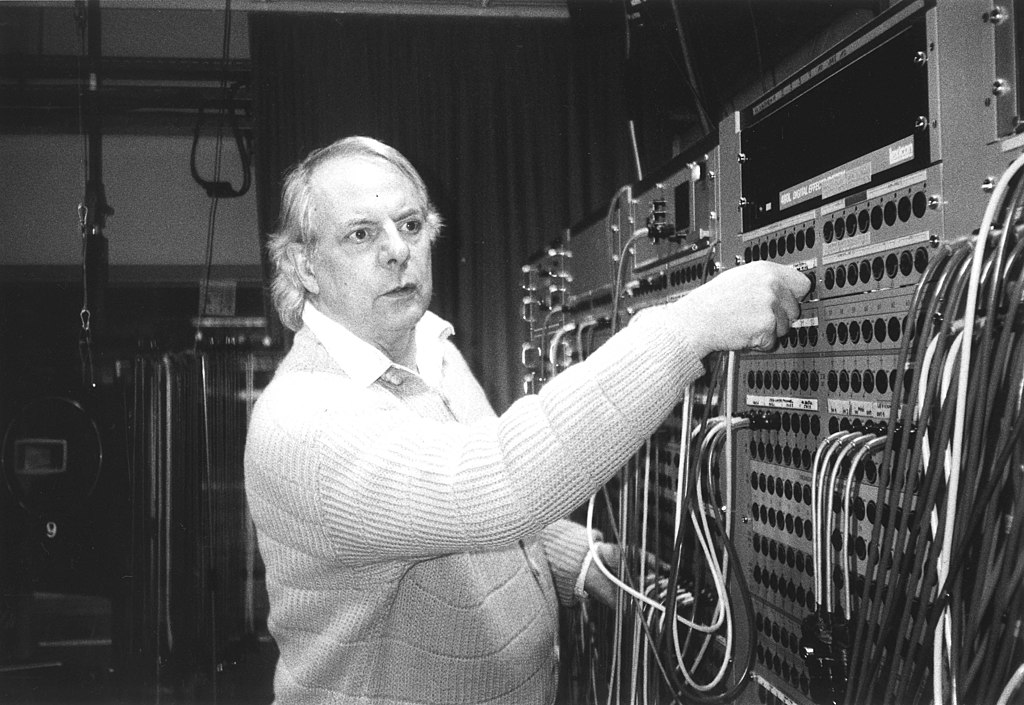The "drums" always with you
Two new books introduce body percussion. The first is more suitable for (not too young!) children, the second for teenagers and adults.
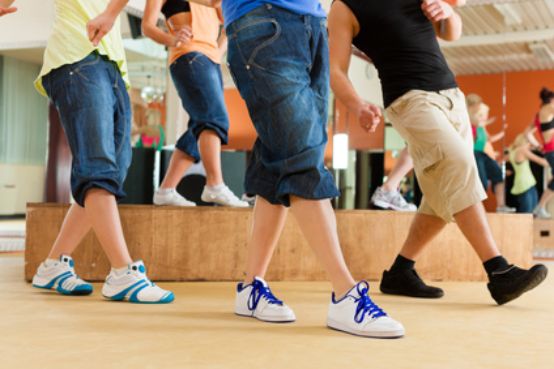
Snapping, patting, hitting, stamping, rubbing hands, clapping. On and with your own body. This is called body percussion and has been en vogue in school music in recent years - at any level, whether kindergarten, primary or secondary school. It is easy to learn because there are no prerequisites and the result is motivating for the pupils. "Simple" also in the sense that the instrument, the body, is always involved. The body percussion patterns, on the other hand, can be complex. Polyphonic arrangements with intricate movement sequences are something that teachers also have to practise before they can get a group grooving. On the other hand, rhythm lessons can start at a simple level and yet quickly lead to a sense of achievement. And it corresponds to children's and young people's need for movement.
At the beginning of BodyGroove are warm-ups, simple and energetic. Up and down and left and right - let's clap the same speed. The pulse is and remains fundamental. Rhythms are only added once this is running on its own, until the whole body becomes the drums. The next step is melodies and lyrics, which in turn support and illustrate the rhythms. This shows the proximity of body percussion to rap and beatboxing. The lyrics of the arrangements could be a bit more sophisticated, more interesting: "This is my chair, yes this is my chair" - that seems a bit staid, a bit tidy.
Demonstrate - imitate, that is the most natural teaching method here. But not only that. The "Tips for development" provide information on how this pattern can be varied and expanded. For example, a pupil can be the game leader. Or the pupils can invent their own body percussion patterns. The performance pieces presented on the DVD, like the circle games, canons and rhythmicals, show how it could be done. A great variety of sounds becomes visible, which are created by the different clapping techniques alone. Let us play the groove!
From "easy" to "medium" to "challenging": Maurizio Trové's book has a straightforward didactic structure. The first part introduces binary and ternary rhythms as well as basic rhythmic patterns and clapping combinations. The basic pulse in the feet, rhythms in the hands, accentuations, sound extensions through various clapping techniques, beat shifts, combinations of 8, 6 and 4-beat rhythms, polyrhythms. The exercises become increasingly complex and challenging. Train both sides of the brain! Head, hands and feet are equally challenged. So practicing is the order of the day - but not only that: the "group games" loosen things up and open up the space for improvising and interacting. It's fun, relax! But now it really starts. The clapping rhythms are distributed over the body, chest, thigh and cheek beats are heard, and the variety of sounds creates a lively rhythm that encourages dancing. The video clips show this clearly and concisely. However, they could be a little longer so that the reader has the opportunity to practise the rhythms together with the clips. A loop function that repeats the patterns endlessly would be helpful. Also missing is the count-in function so that you can start correctly.
The Latin grooves and the pop/rock grooves in the third part are arranged in such a way that they are suitable for class music-making or can accompany choral pieces rhythmically and percussively. Here and in the arrangements in the second part, you can see what body percussion is capable of: discovering the sounds of your own body with verve and imagination. The book provides many ideas for this.
Richard Filz and Ulrich Moritz, BodyGroove, Bodypercussion for children and young people aged 9-13, HI-S6903, with DVD (video and audio), Fr. 38.90, Helbling, Bern et al. 2013, ISBN 978-3-86227-102-3
Maurizio Trové, Bodypercussion - Mein Instrument, 111 p., with DVD, € 28.50, Academia-Verlag, St. Augustin 2014, ISBN 978-3-89665-627-8






